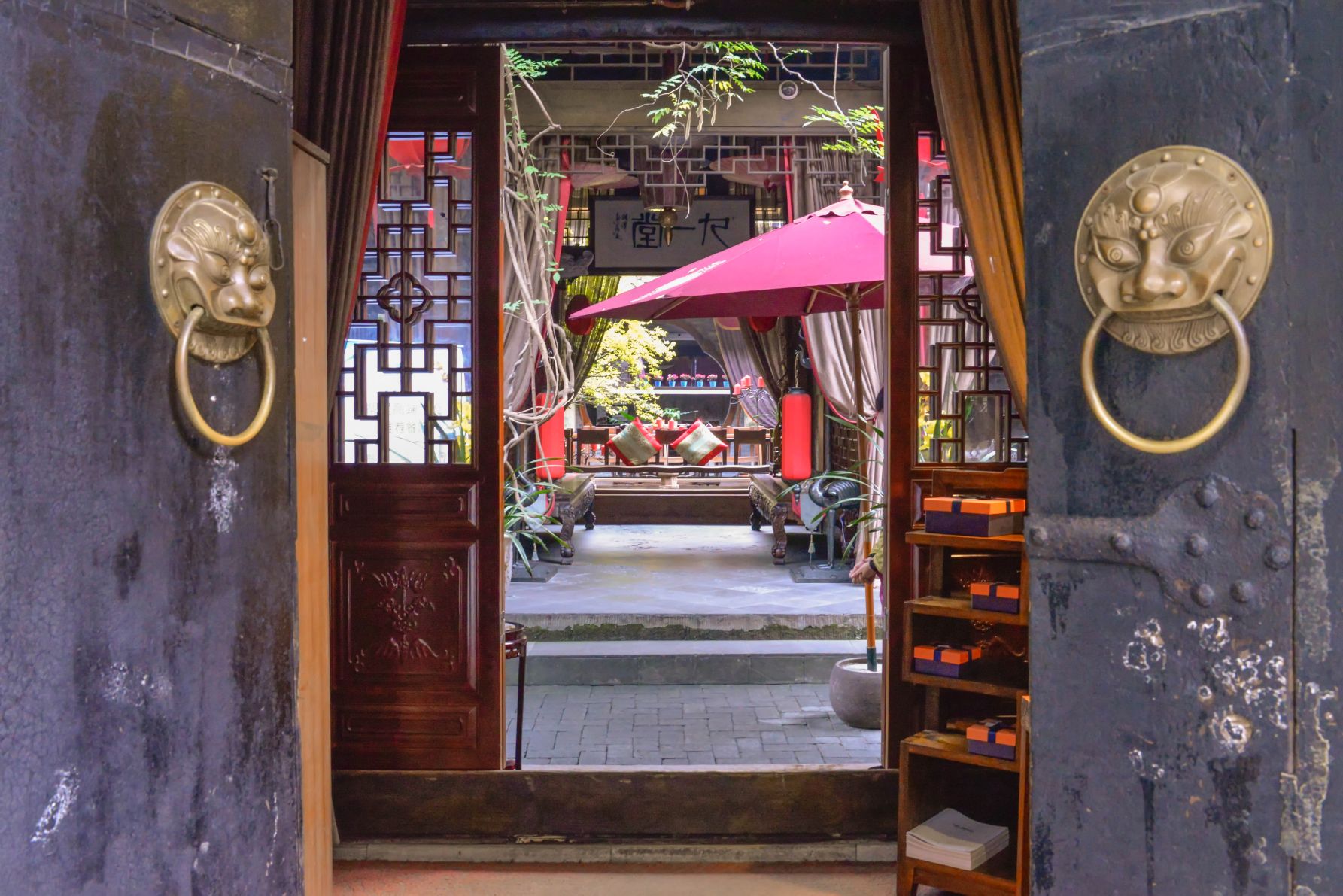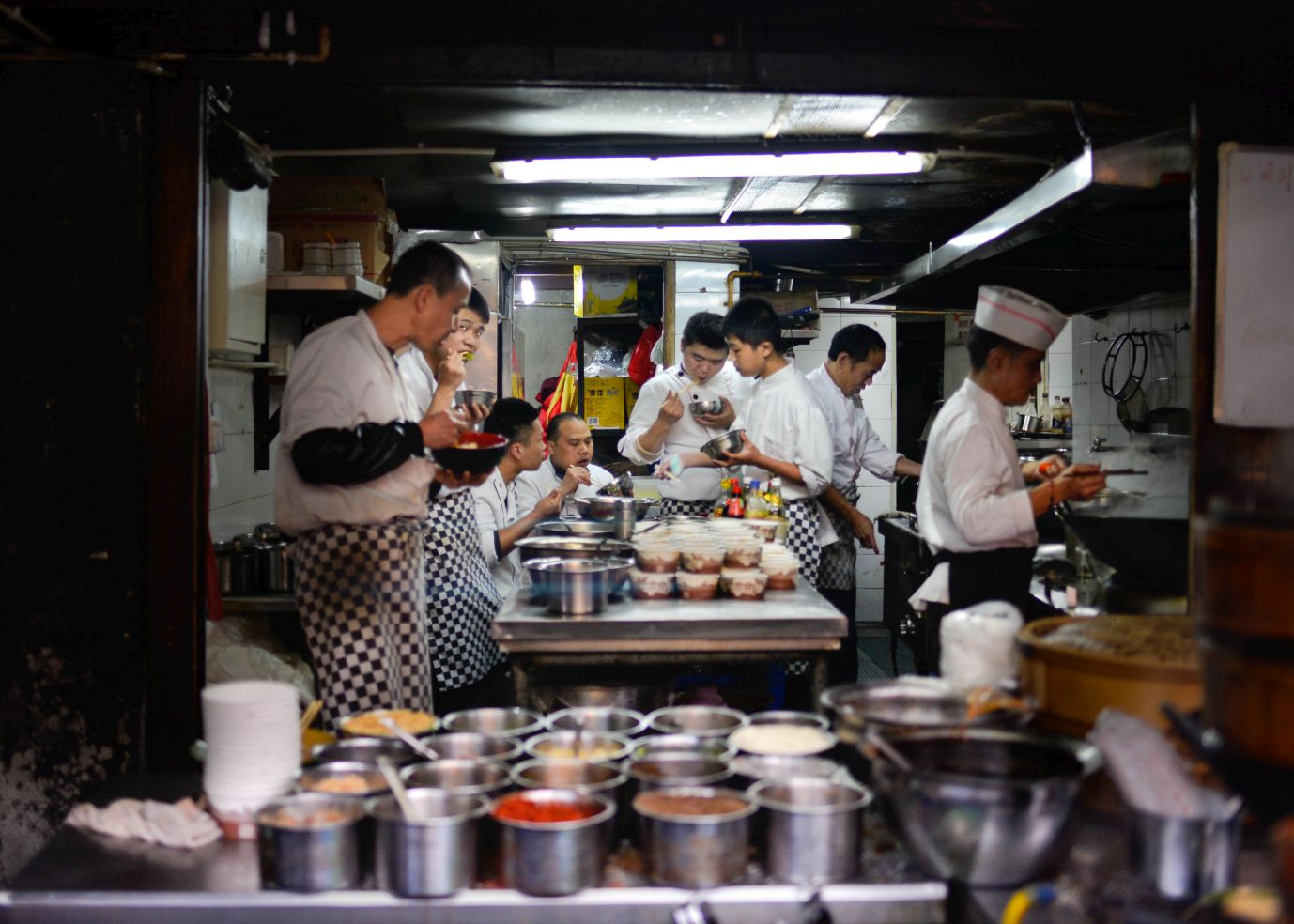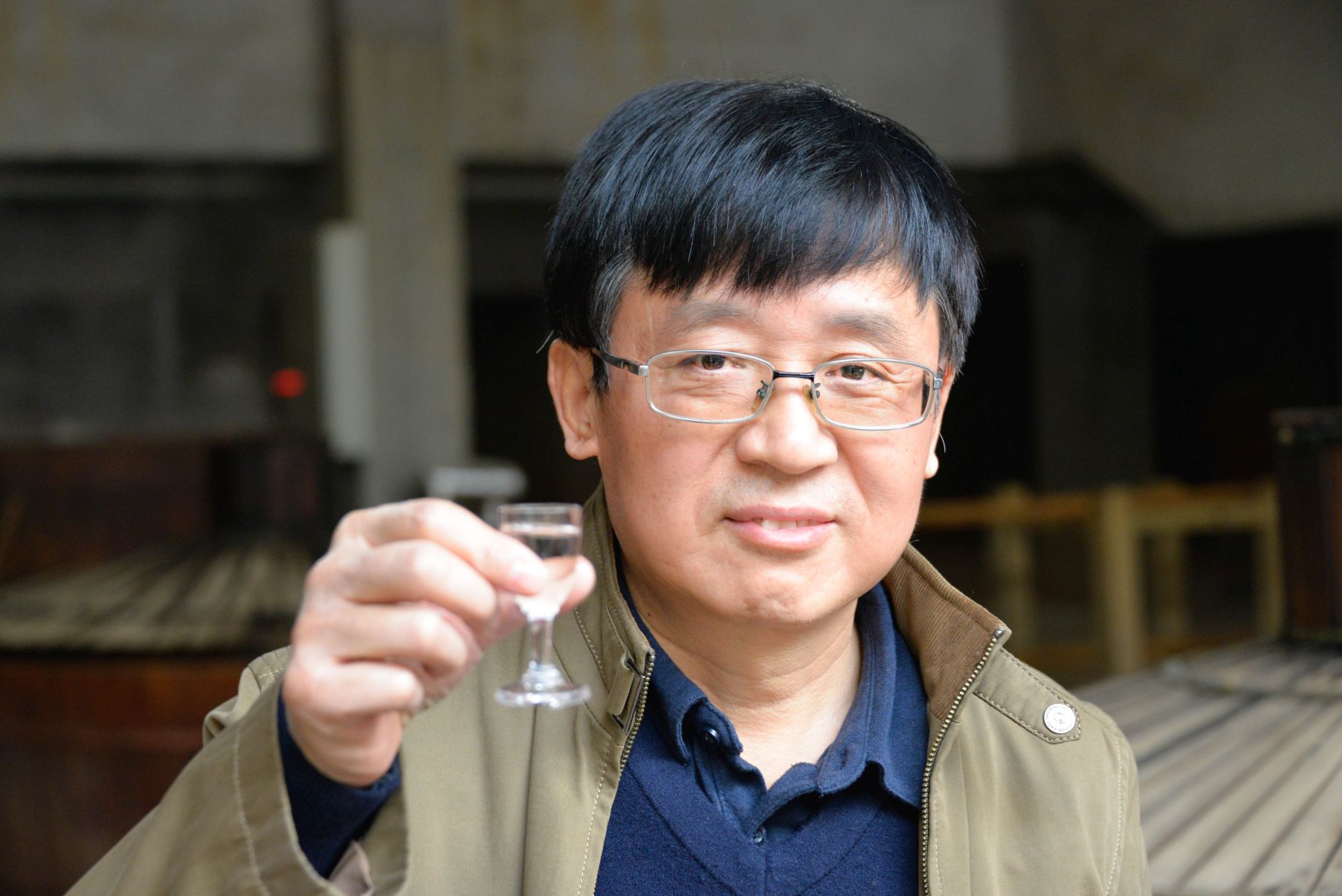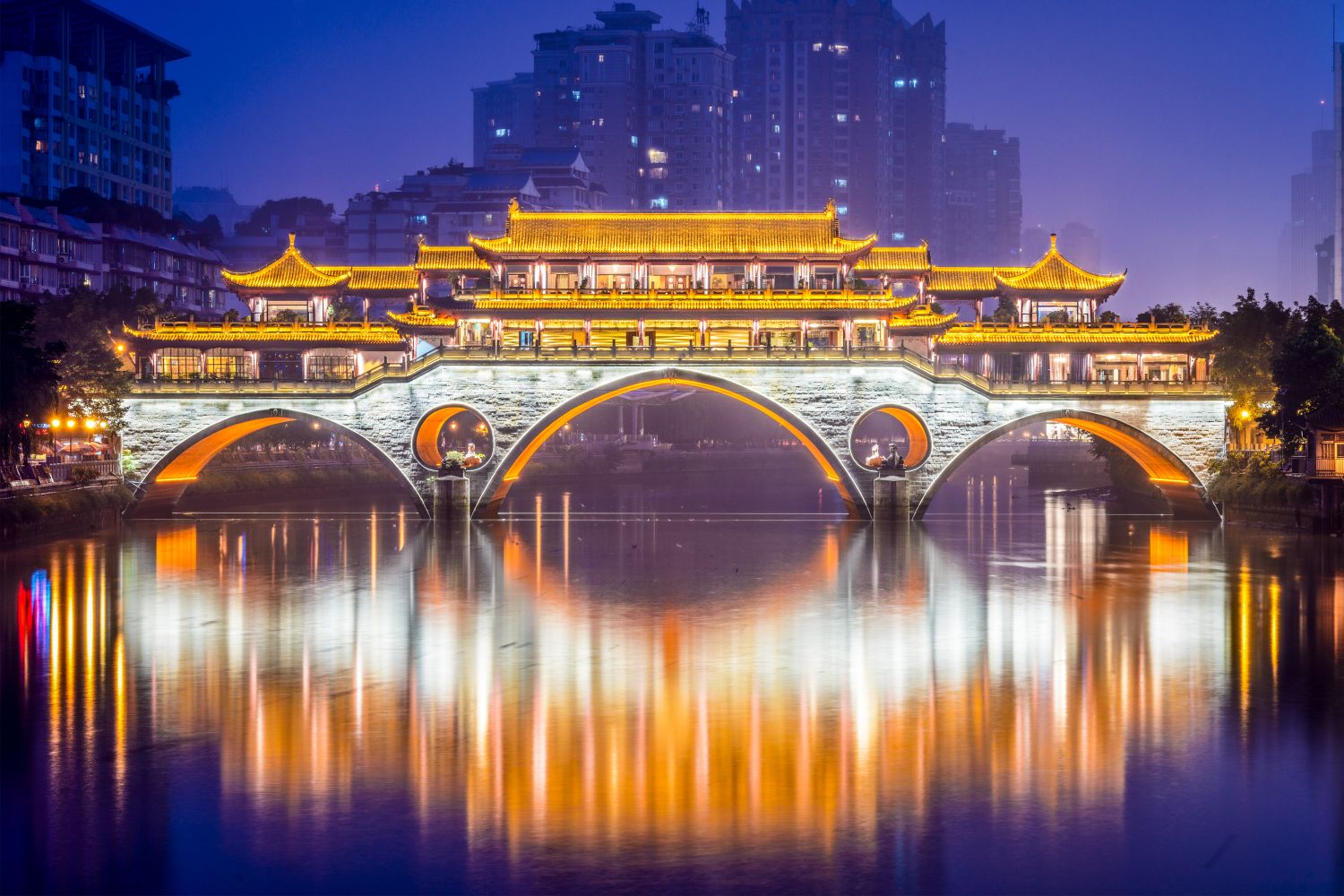The ancient trading city of Chengdu continues to welcome visitors from across the world as it preserves its rich past while navigating the fortunes of its future. Words & Photos by Nick Walton.
It’s a scene that’s changed little over the centuries. Sure, the little cafes and restaurants hidden behind the crumbling stonework of the city’s famed Kuan Zhai Alley are a touch more modern than they would have been during the Qing Dynasty, and now serve green tea lattes to iPhone-toting teens. But the warm hospitality of the hawker stand owners, the delicacy of locally-grown tea served in glass thimbles, and the aroma of spice on the air is the same as that which would have greeted Marco Polo when he visited the city during the reign of the Yuan Dynasty.
One of the reasons that Chengdu is fascinating as a destination is the balance that the city maintains between its rich history and its dynamic present, even as it welcomes 238 of the Fortune 500 companies, earning it the nickname the Silicone Valley of China. Everywhere you go in this city of 12 million, there is a seamless transition between the past and the future, with malls and boutiques next to temples and ancient market places.
That balance is seen best at Kuan Zhai Alley, in the city center. Formed by three alleys – the Wide Alley, the Narrow Alley, and the Jing Alley – this ancient trading hub once welcomed generations of travelers journeying on the ancient Silk Road. The three alleys are made up of weathered cobbled streets with homes and stores on each side, many of which boast intimate Qing and Ming Dynasty-era courtyards and gardens beyond. Once a commune for Northern Chinese living in Chengdu, the architecture of the district is more reminiscent of Beijing’s Hutongs than traditional Sichuan and has been beautifully preserved thanks to extensive renovations in 2008.

Kuan Zhai Alley is now a hub for tourists and young people, which pack the coffee shops and restaurants built around the courtyards and snack at the traditional food stalls on the main alleyways. It’s a fascinating scene; in one corner a wizened old man in a fur hat hand rolls thick cigars the color of molasses, plumes of smoke rising into the chilly air above his stall. Between the stacks of cellophane-wrapped cigars are lines of long, slender, and beautifully carved pipes in a style popular in China’s northwest. Yet across the narrow pathway is a Starbucks, nestled into a traditional merchant’s home, complete with an alfresco courtyard and signature green umbrellas.
Protective guard gods glare out from the ornately painted doors facing the ancient alley but do little to deter crowds at the food stalls, which are haloed with steam. You can eat almost anything in the three alleys, from roasted rabbit’s head and deep-fried squid to strawberries dipped in sugar and pork steamed in bamboo. Cups of dan dan noodles are handed out from bustling kitchens, and beef and pork skewers doused in glossy red chili oil are grilled and served to the intrepid – this is Sichuan after all, a Unesco City of Gastronomy.
You can learn about another traditional taste bud challenge at the nearby Shuijing Fang Museum. Built on the site of the first distillery in China and said to be the oldest in the world, heady Chinese baijiu has been made here since the 1400s. Rediscovered by construction workers in 1998, the original distillery still pumps out spirit in the traditional style, now as a working museum, and visitors can tour above the coveted yellow clay pits where the grains continue to ferment, as they have for 600 years.

In a damp adjacent warehouse, head distiller Mr Xu watches his staff as they pack a large barrel with the fermented grains, before heaving a wooden lid on top by hand. Although this is a drop in the bucket in terms of the company’s overall production, which includes 10 percent of the immense Chinese market and which is produced in state-of-the-art distilleries, it’s fascinating to watch the baijiu process preserved.
Our guide Blair, from the St. Regis Chengdu, which offers behind-the-scenes tours of the distillery, leads us down to the distillery floor where the air is thick with the smell of wet grain and a touch of sweetness from the fermentation. As the water in the condenser captures the steam from the barrel, the resulting alcohol pours from a tiny tap at the base, a distiller carefully watching the bubbles that indicate the spirit quality.
“The taste should be sweet and strong and mellow,” says Mr Xu as he passes out thimbles of the 70 percent liquor. It is sweet – surprisingly so – and much more complex than a grappa or aquavit. “You’re tasting tradition and heritage,” he says with a wink as workers use ornate thatch wheelbarrows to being loading another huge barrel.
A tour of the museum is fascinating for drinkers and non-drinkers alike. A beautiful model of the area in ancient Chengdu where the first baijiu inns were built tells of a trade at the heart of the Silk Road migration, and a gallery at the end – after another voluntary tasting of baijiu’s three quality levels – boasts breathtakingly beautiful designed bottles that show presentation is as important in this ancient trade as the spirit itself. Countering recent anti-graft restrictions on giving luxury spirits as a gift, the company has focused on its most premium products. With bottles priced as high as US$3,000 each, these products are aimed at an increasing number of connoisseurs and collectors across China.

Of course, there is one word that everyone associates Chengdu with and that’s pandas. We set out early the next morning bound for the Chengdu Research Base for Giant Panda Breeding to see these international celebrities in the flesh. With less than 2,000 giant pandas left in the world, these government-run breeding and research centers (there are two in Sichuan) are vital to the survival of the world’s most lovable bear species. The expansive center sees thousands of visitors a day so it’s wise to arrive when the park opens at 7.30 am to see the pandas when they’re most active.
We’ve reserved a place, well ahead of time, on the park’s one-on-one panda experience, which not only offers access to the pathways which wind their way around the spacious panda enclosures but also allows us to dress up in surgical scrubs and gloves for a brilliant close encounter with one of the year-old panda cubs. The size of a tubby ten-year-old, Mun Mun, or dreamer, is much too focused on the honey smeared on her paws to take notice as each of the saucer-eyed visitors in our little group takes a seat next to her for a photo and a stroke of her course, waterproof fur. It’s a truly mesmerizing experience and the RMB2,000 (US$305) ticket price goes directly to the center’s research and breeding efforts.
Outside Mun Mun’s enclosure, a clutch of mischievous cubs play and roll in the grass while researchers film them. Chengdu is famous for its overcast weather so the researchers are making the most of the sunny morning to capture the pandas in action at their most adorable.

Pandas have lived in the mountains surrounding Chengdu for more than 4,000 years and they are now the icon that stars on Can Do, Chengdu billboards across Asia, promoting investment in the rapidly developing city. It’s a fitting, and utterly loveable marriage of the past and the future, in a city that seems comfortable existing both.
For more Destination inspiration click here.

